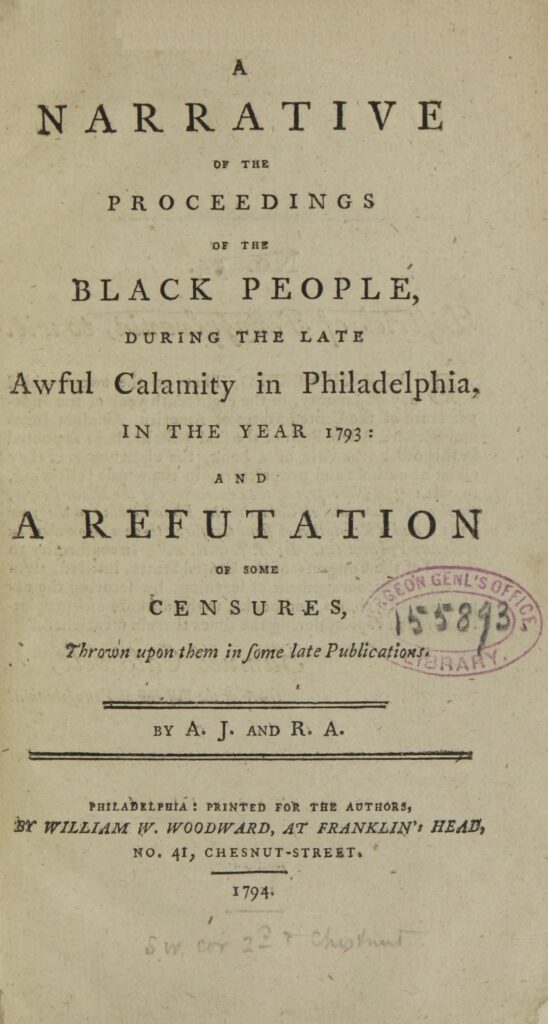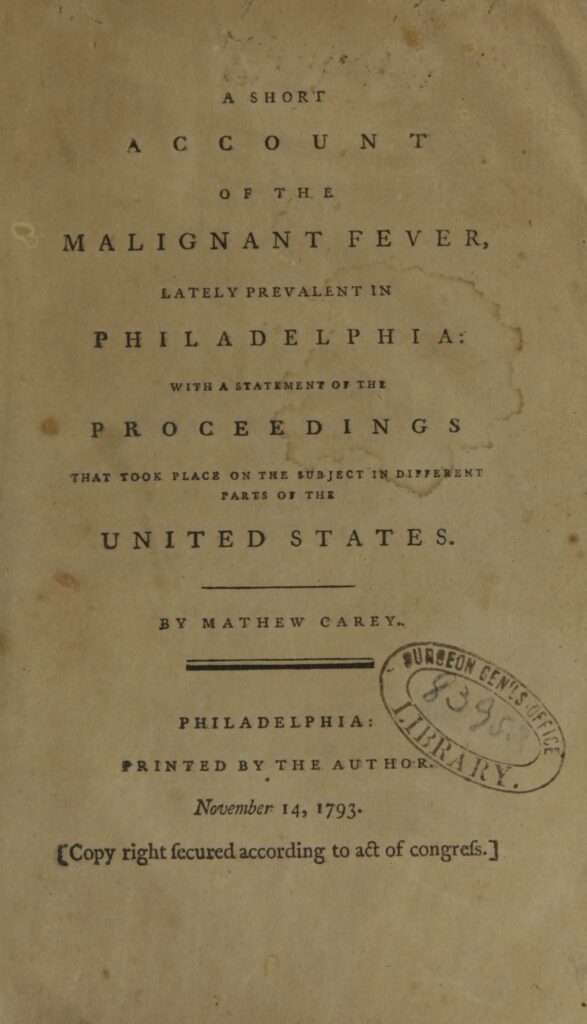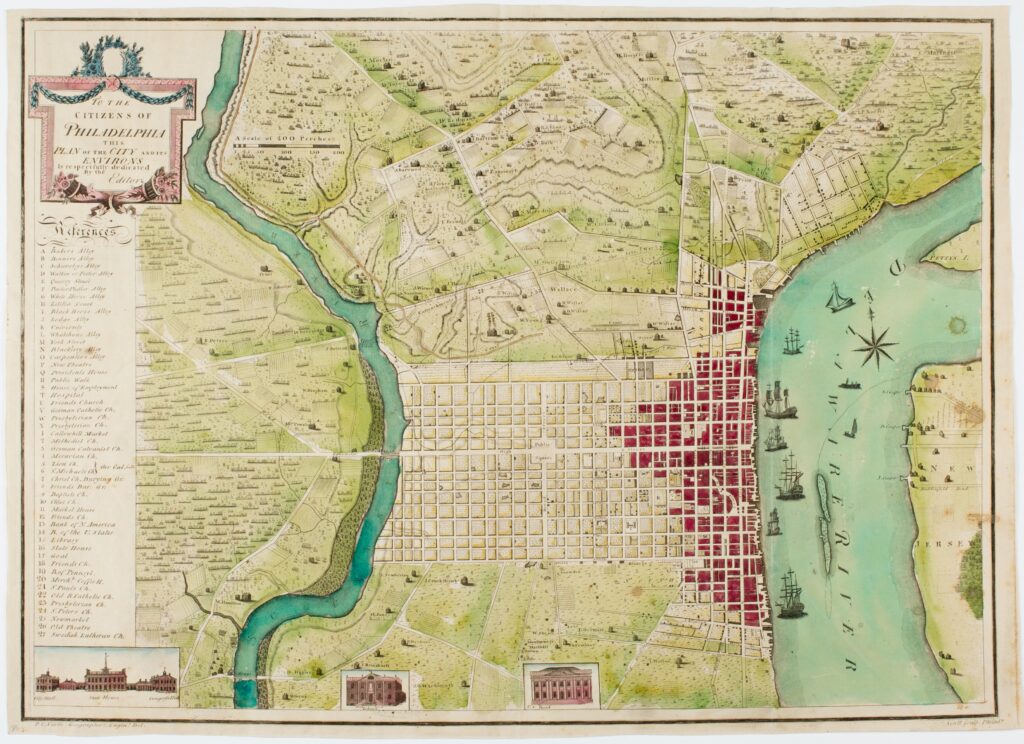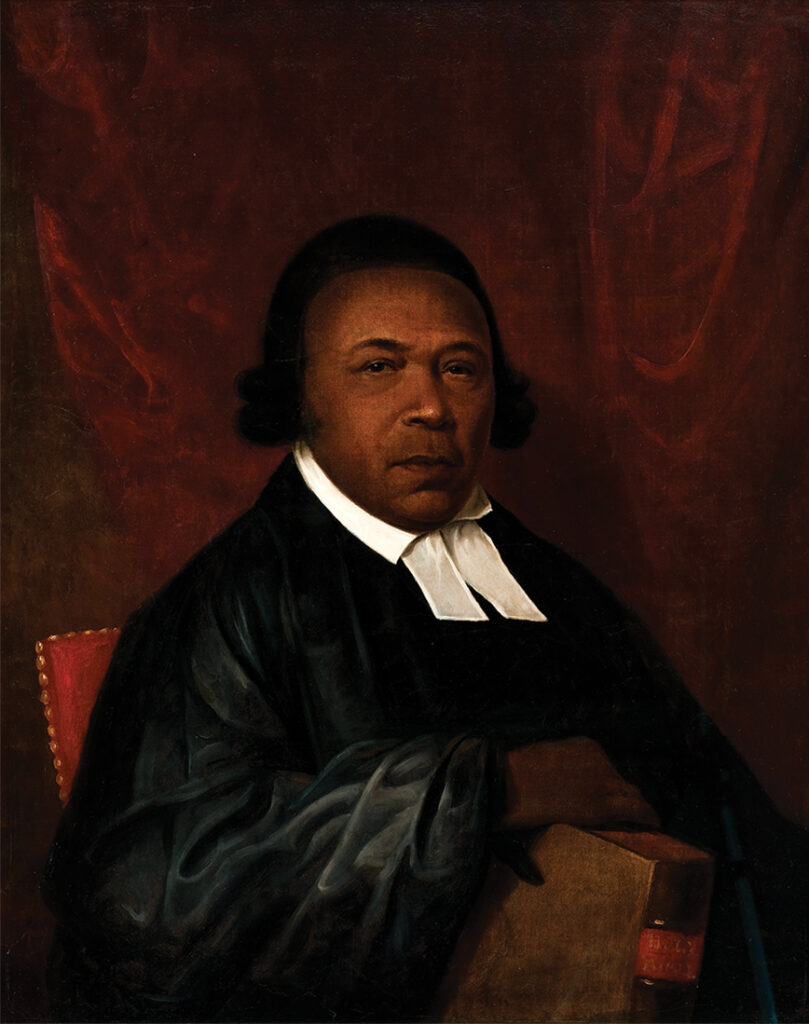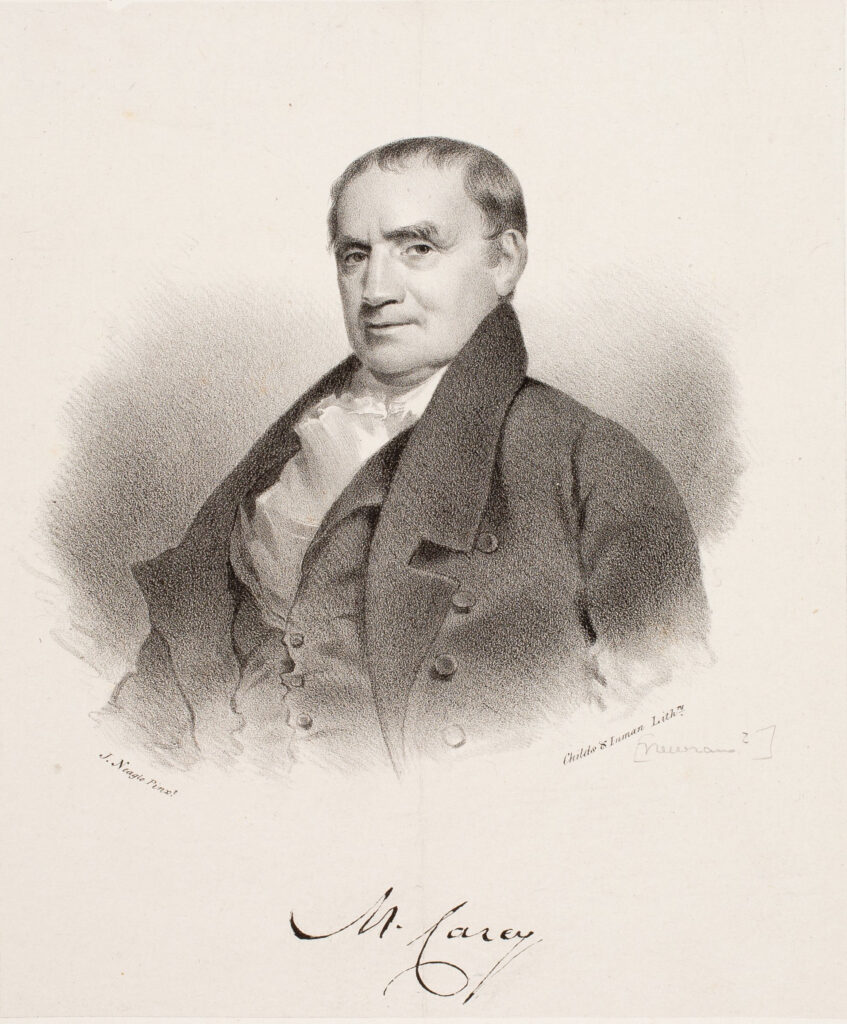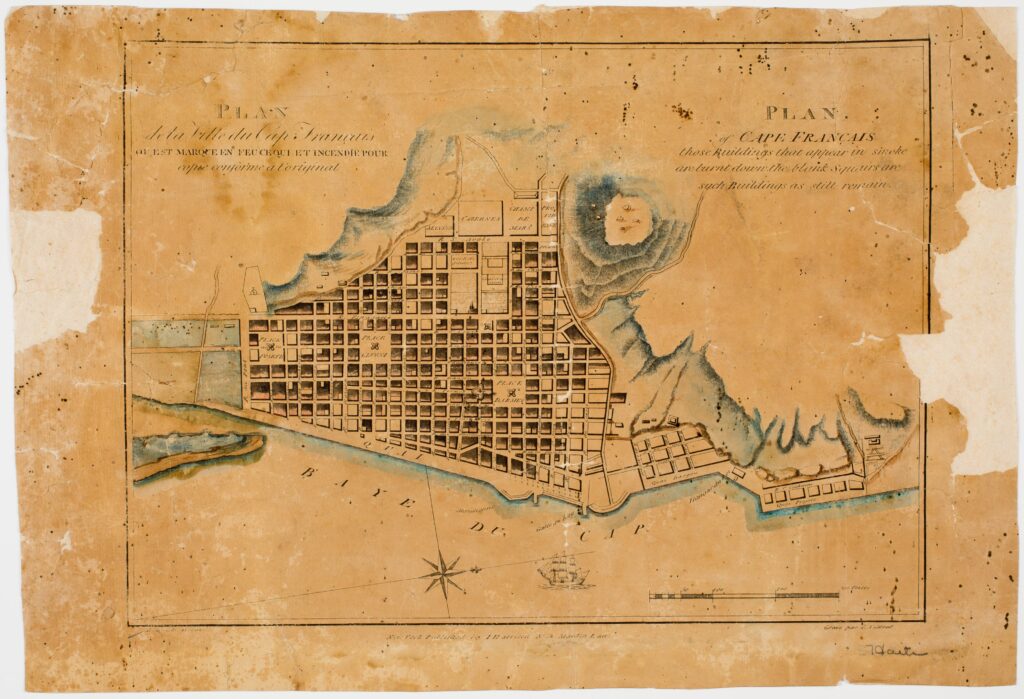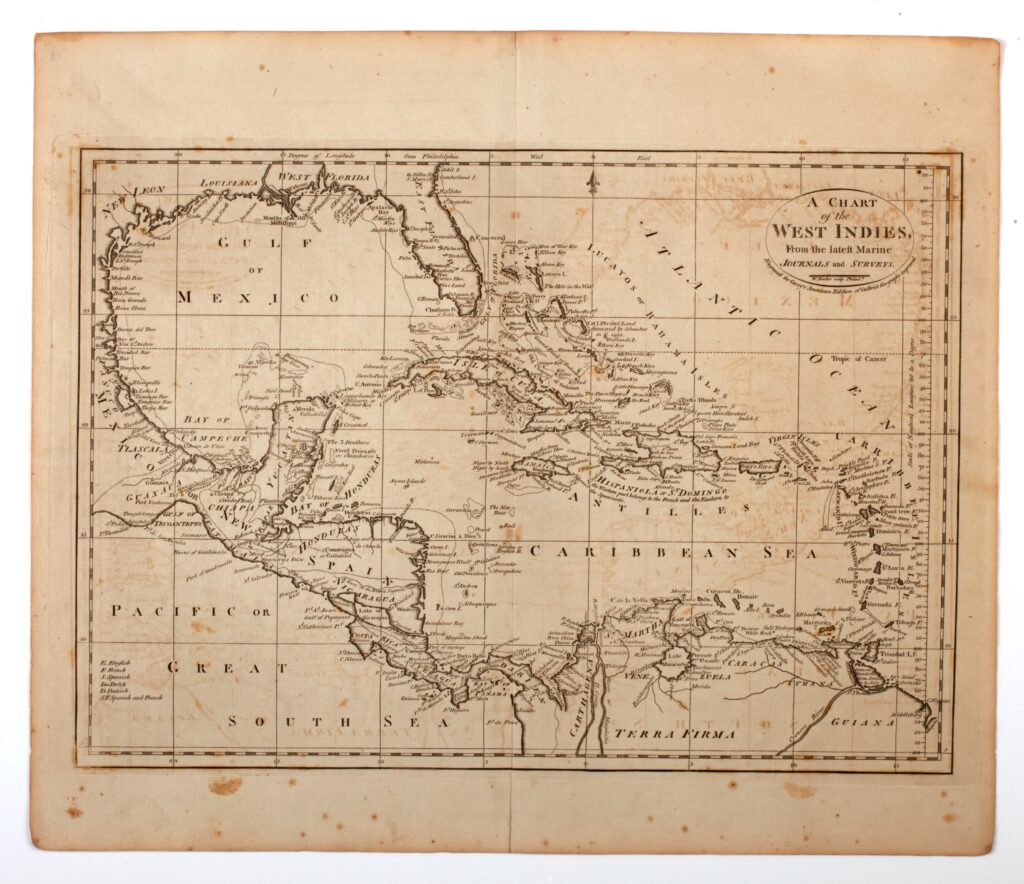Teaching in Crisis with Absalom Jones and Richard Allen
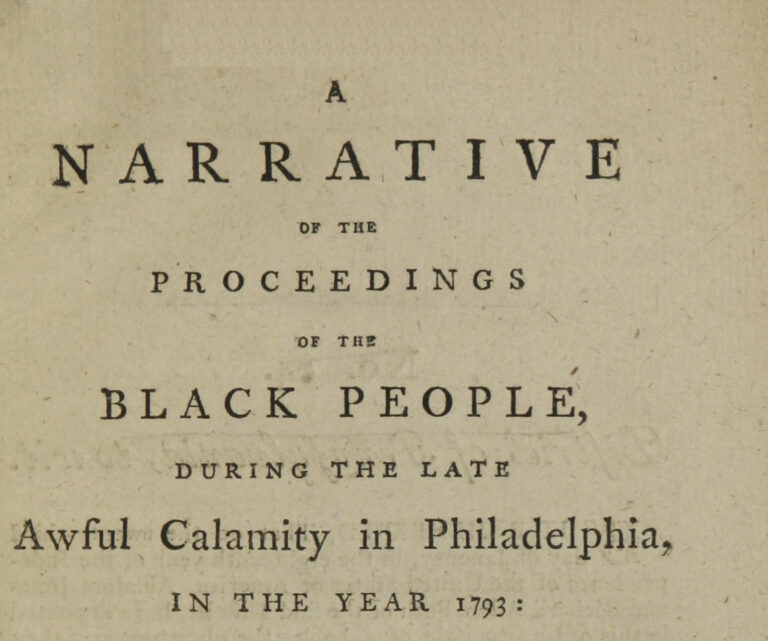
Specialists of the early national period are likely familiar with Absalom Jones and Richard Allen’s A Narrative of the Proceedings of the Black People, During the Late Awful Calamity in Philadelphia, in the Year 1793: And a Refutation of Some Censures, Thrown Upon Them in Some Late Publications (1794). Although Jones and Allen’s account describes a very specific “awful calamity”—the yellow fever epidemic that struck Philadelphia in 1793—their narrative is equally concerned with a larger constellation of overlapping crises stemming from the Atlantic slave trade, including the Fugitive Slave Act of 1793, the Haitian Revolution that began in 1791, and what Joanna Brooks has described as the racial panic following Pennsylvania’s Gradual Manumission Act of 1780. Like many of us, I anticipated that Jones and Allen would be particularly relevant to teach during our most recent public health crisis, but I’ve found that their text resonates beyond the theme of pandemic writing. A Narrative is written less to make sense of a past temporary crisis than to mark and anticipate the present and future effects of partial accounts of that crisis. A Narrative uses graphic sensory imagery to return readers to past scenes of distress, but with the goal of correcting the historical frame that is already informing their understanding of those events. Throughout their account Jones and Allen shift between urgently registering the pressing material effects of crisis and contextualizing those effects within a longer, unfinished history. I’m interested in what Jones and Allen’s narrative strategies can offer students in the face of adjacent crises experienced as both immediate and ongoing, including the COVID-19 pandemic, climate change, economic precarity, and white supremacist violence.
